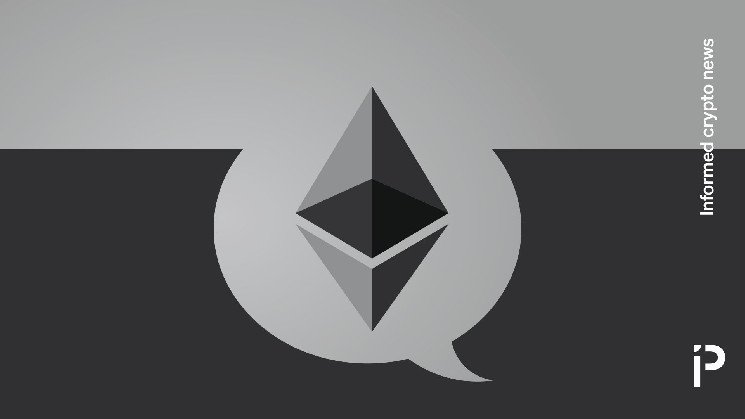The newest Ethereum ‘layer 2,’ Blast, has amassed over $570 million worth of crypto assets from over 64,000 wallets. Blast claims it will generate returns through staking and trading real-world assets (RWAs). It advertises annual interest rates of 4% for ETH or 5% for stablecoins.
The catch? Investors may not withdraw their deposited assets until February, when Blast says it will launch its bridge. Until then, Blast hands out ‘Blast points’ for staking or referring new users. It says holders can redeem the Blast points for an airdrop sometime in May.
Meanwhile, to generate these returns, it has staked its deposits into third-party protocols — mostly on Lido’s and Maker’s DAOs.
Yes, Blast has real assets, but it doesn’t even have a functional testnet. New users may only deposit (bridge in) assets, access Blast’s “early access airdrop,” and access a referral system with an invite code. Blast’s testnet won’t go live until January.
Blast scrubs a pyramid-shaped diagram from its website
Observers were skeptical. At worst, Blast comes off as a referral pyramid scheme. At best, it would be easy to wonder why users wouldn’t just directly stake with Lido or Maker, instead of going through extra steps to lock into Blast for a few months. Again, Blast doesn’t even have an operational bridge on mainnet to withdraw one’s assets until (hopefully) February.
Wait I thought this was a meme but this is a real diagram of the Blast L2 invite system
Bro it’s an actual pyramid scheme 😂 pic.twitter.com/6eWlju3jiL
— Tytan.eth (@Tytaninc) November 21, 2023
“You get points when your invites get points and their invites get points,” read an archived diagram from Blast’s website in the shape of a pyramid rotated 90 degrees. Blast advertised up to 16% referral points for a member’s referrals and 8% for referrals’ referrals.
Earning revenue from referrals’ referrals is, of course, the hallmark of a multi-level marketing scheme.
Blast’s half-billion worth of staked Ethereum
Despite all of these concerns, assets continue to pour into Blast. On November 23, it had $225 million in staked assets, making it the seventh largest holder of stETH at the time.
Today, just five days later, its stETH position has doubled to $500 million. Incredibly, Blast’s holdings make it the world’s third-largest stETH holder, outranked only by Aave and Lido itself.
Some have questioned the source of the protocol’s assets. One skeptic doubted most of the deposits were meaningfully new liquidity. He claimed investors were likely “just moving funds from one L2 or Ethereum Virtual Machine protocol to the next… We all know how this typically ends.”
Despite the skepticism and apparent lack of infrastructure or documentation, Blast attracted attention from Paradigm. Despite claims that Paradigm is a backer of the project, Paradigm research chief Dan Robinson clarified that it “does not endorse” many of Blast’s practices.
Read more: ChainArgos: Coinbase’s layer 2 solution Base could be violating federal laws
Blast’s anonymous founder goes by the handle @PacmanBlur and previously co-founded the NFT marketplace Blur. Other pseudonymous staffers include ‘CL,’ ‘DegenSpartan,’ Andrew Kang, and ‘Santiago.’
There was some doubt that four of those five people even existed. Indeed, the crypto industry has a long history of developers using sockpuppet accounts. One time last year, for example, just two brothers controlled $7.5 billion of Solana’s $10.5 billion total value locked (TVL) through their legion of sockpuppets.
In the case of Blast, some skeptics believe that a single person seems to be driving most of the activity on its multisig and escrow contract.
Blast has over half a billion dollars in staked Ethereum and hasn’t yet launched its testnet. Naturally, many investors are cautious. Even Coindesk has published a story about Blast questioning whether or not it’s a pyramid scheme.
Read the full article here









